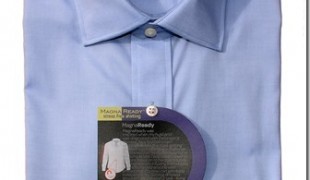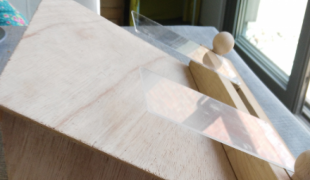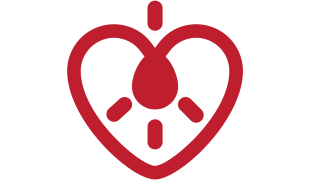- 5495
- 406
- 17
- 20
- 0
- Help Ukraine
About the solution
Inventor John Dingley created a “simple device that allows anyone with co-ordination impairment, muscle weakness or hand tremor to turn the pages more easily on a Kindle e-reader”.
He started making him at the request of people who had difficulties using their Kindle e-reader because they had trouble using the small button on the side of the device that are meant to turn the pages.
So, John designed a 3D-printed device that fits into the Kindle and has 2 large flaps on each side that, when pressed, press the small buttons and make the pages turn. This makes it much more manageable for people with coordination problems, muscle weakness, hand tremors or other movement impairments.
The design can also be used on the Kindle version with a touch screen since, according to John, “I am getting feedback from people with MS for example that tapping the lever each side is still much easier than tapping the screen correctly every time.”
The complete set of instructions and materials do replicate this design can be found on the Instructables website, where John posted it under the username” XenonJohn”.
More information: https://www.instructables.com/Kindle-Page-Turner-3D-printed/
This solution shall not include mention to the use of drugs, chemicals or biologicals (including food); invasive devices; offensive, commercial or inherently dangerous content. This solution was not medically validated. Proceed with caution! If you have any doubts, please consult with a health professional.
DISCLAIMER: This story was written by someone who is not the author of the solution, therefore please be advised that, although it was written with the utmost respect for the innovation and the innovator, there can be some incorrect statements. If you find any errors please contact the patient Innovation team via info@patient-innovation.com
-
-
760
-
0
-
13601

MagnaReady® - adaptative clothing for people who struggle with fine motor skills
Grip
CAREGIVING
Parkinson's Disease
Body-Worn solutions (Clothing, accessories, shoes, sensors...)
Assistive Daily Life Device (to help ADL)
Tremors
Stiffness or rigidity (difficulty moving)
Trouble with fine motor skills (e.g., writing, buttoning clothes)
Promoting self-management
Managing Neurological Disorders
Promoting inclusivity and social integration
Caregiving Support
Internal Medicine
Neurology
Physical Medicine and Rehabilitation
Rheumatology
United States
-
-
-
391
-
0
-
5886

Girl creates device to help paralyzed grandmother read books
Reading
Assistive Daily Life Device (to help ADL)
Difficulty coordinating movements
Paralysis of the arm
Trouble with fine motor skills (e.g., writing, buttoning clothes)
Promoting self-management
Promoting inclusivity and social integration
Caregiving Support
Neurology
Orthopedics
Physical Medicine and Rehabilitation
Aging
Solutions for Disabled people
Belgium
-
-
-
547
-
0
-
9026

Man creates a Fingertip prosthetic - 3D Printable to help himself after losing a finger tip
Grip
Limb Amputation
3d Printed
Reduced grip force (grip)
Joint deformity
Joint pain or swelling
Restoring mobility
Replacing lost limbs
Promoting self-management
Managing Neurological Disorders
Promoting inclusivity and social integration
To improve Treatment/Therapy
Neurology
Orthopedics
Physical Medicine and Rehabilitation
Rheumatology
United States
-
 en
en